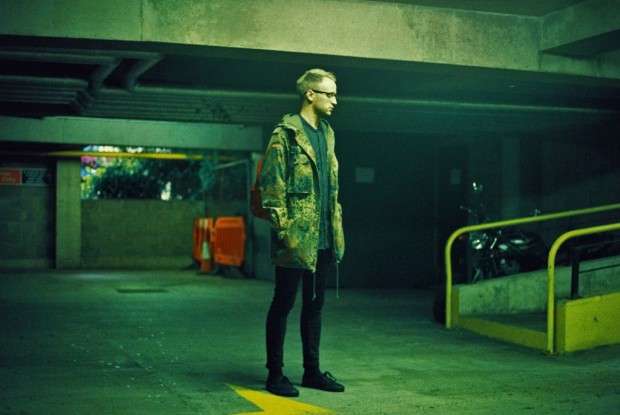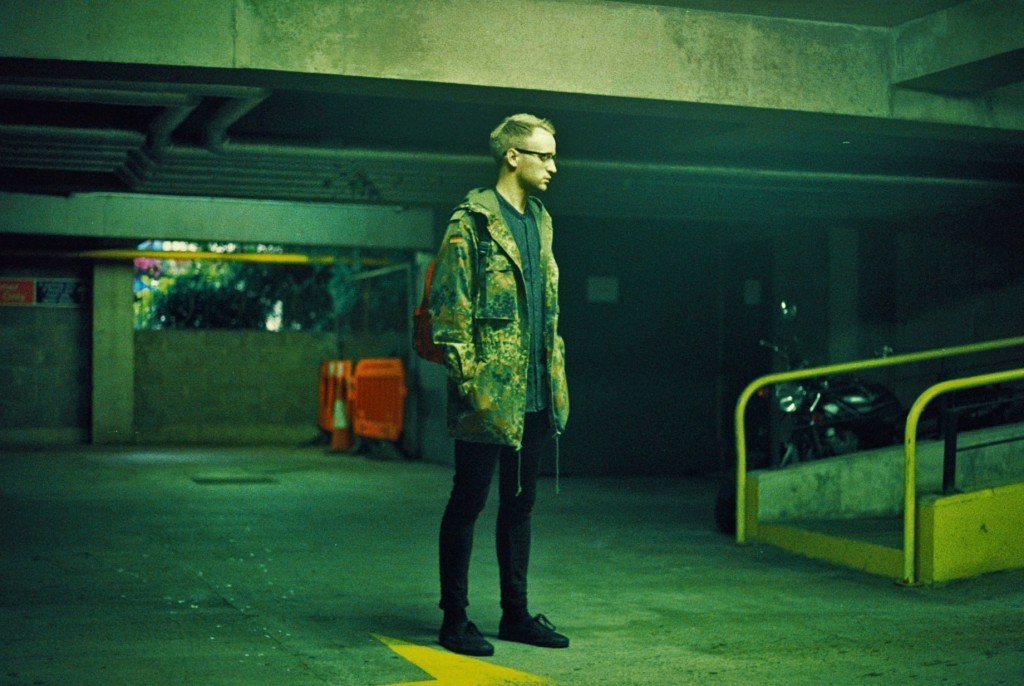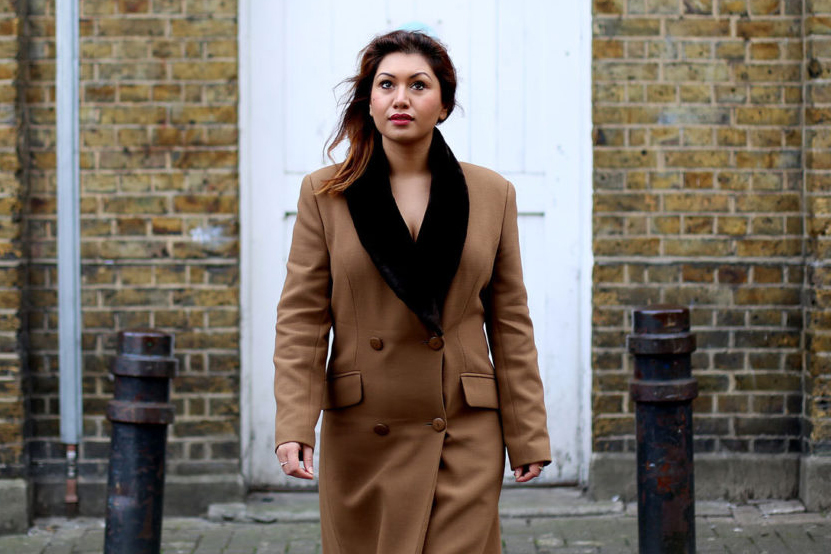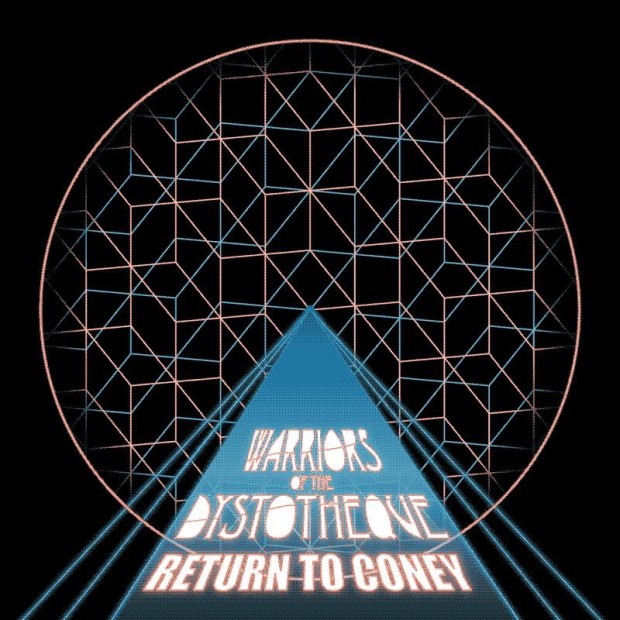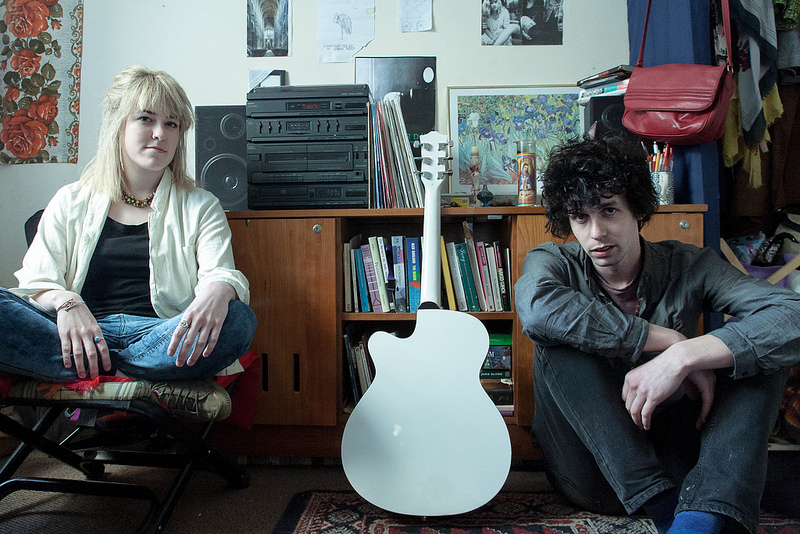Whether you’re a newcomer or have been following his slow-burning, revelatory evolution as of late, Derry’s Ryan Vail has always commanded a domain that he can call his own. A master of subtlety, nuance and the hallowed space between the notes, his debut EP These Words revealed fully-formed promise that has only grown (and grown into itself) in the half-decade since. Whether you look to EPs including Fade and Grow, tracks such as ‘Sunlight’ and ‘Days’, superb new single ‘Wounds’ or Sea Legs, his well-received concept collaboration with Ciaran Lavery, Vail’s music and the sphere he conjures via slowly bobbing, synth-laden electronica has always betrayed an almost meditative pace and understated attack.
As well as premiering a live video of ‘Invert’, a track taken from his forthcoming debut album, For Every Silence, we chat to Vail about the impetus and recording of his long-awaited full-length, its pledge campaign, his own growth and progression to date and more.
You’re currently running a pledge campaign for the release of your forthcoming debut album For Every Silence. Why did you decide to take the pledge route and how is it going?
The pledge idea was such a success with the Sea Legs album with Ciaran Lavery so I thought it would work equally as well for this project. The Pledge allows me to give in-depth detail that a straightforward release does not allow. Instrument details, collaborators, sleeve artwork and much more. These are the kind of things that interest me, so I like to think it would appeal to my fanbase.
The album is divided between music comprised of analog synths and an inherited 90-year-old upright piano. How did you come about decided to approach the album like this?
After years and years of listening to various types of music I developed this idea to try and challenge the standard album format that many artists conform to. For Every Silence has piano music, electronica, soundscapes, poetry, opera and even a dance track. I basically wanted to make something that I would like to listen to.
The story of the piano is fascinating. When did you come into possession of it and what compelled you to include it, considering your music has been devoid of that before?
After I supported Nils Frahm two years ago I was completely blown away by his playing. I then began pushing my own playing and writing on the piano. When Nils decided to launch Piano Day last year I debuted my first solo piano track. The track, ‘East Berlin’, was selected by Nils and included in the official Piano Day playlist which led to over 16,000 plays and hundreds of downloads. This then sparked the idea of including more piano in my sound that I had been developing over the last three years.
At the time I only had an electric stage piano. I decided if I was to include piano tracks it would need to be the real thing. I started looking for a piano without much knowledge of price or how to maintain them. I soon realised I wouldn’t be able to afford one as they were so out of my price range. Just as I gave up, my wife’s Granny offered us there piano that had been in there family for years.
What approach did you take to write material this time around? Did you write with a particular end goal for the record in mind or did it take shape over time?
I began writing solo piano tracks. After two months and ten tracks, I then chose the best four and began the songs. The piano itself had a very worn out sound that was full of character. It got me thinking: how did it get this way and how old was it? After finding out the year that the piano was made (1927) the idea of imagining being around this long and what experiences this piano has been through was extremely interesting. This sparked the idea of a concept album based around the life experiences of a 90 year old piano.
The album is home-recorded. Why did you opt for that and how did you find the process?
For me recording is as much fun as any other part of making music. I find doing the writing, recording and mixing myself allows me to have my own sound.
‘Wounds’ from the album got quite a bit of (well-deserved) attention. How was it getting such a response?
‘Wounds’ was a complete shock for the label and myself. When we had the complete album sitting ready but there wasn’t really a track that we thought would be a radio track. I was really happy with it and decided to upload it to the BBC Introducing uploader just to see how it would do. Five weeks later it’s still being player regularly on BBC Radio 1, BBC Radio 6 Music and BBC Ulster.
Which artists or albums (if any) do you think influenced or made an imprint on your songwriting for this record?
Grimes and John Grant definitely influenced the hooky bass lines like the one in ‘Wounds’. Olafur Arnalds, Winged Victory for the Sullen and Max Richter were go-to artists to inspire me during this record.
Looking at it as a whole, do you think there are themes, images or ideas that are threaded throughout different songs on the album?
I used a lot of found sound throughout the record. The reason for this was to create an environment for the listener to escape everyday life.
What are your plans for the remainder of 2016, with the release of the album, launch show(s), promotion and playing further afield?
We will be launching the album’s Irish tour at the Mac in Belfast on April 8 with Guerilla Shout doing a visual show. There’ll also be shows with Homebeat in Dublin on April 28 and Cool Discs in Derry on the 30th. Rachael Boyd is supporting at all these dates. Keep an eye on the FB page for European tour dates as these will be announced soon.

